You’ve seen harsh coastal saltwater corrode and destroy lighting before; poorly built fixtures fail, costing you valuable downtime, safety, and money. The solution? Durable, reliable LED marine lighting, specifically engineered for these extreme environments.
Marine lighting must endure saltwater spray, storms, vibrations, corrosion, humidity, and intense UV rays. Marine-grade LED lights are engineered specifically to counter these problems using robust materials that resist rusting and aging. Features like IP66 or higher waterproof certification ensure fixtures remain watertight—even submerged temporarily. Strong corrosion-resistant marine lighting designs use stainless steel, aluminum alloys, or special coatings to prevent deterioration, ensuring safe illumination year-round. Premium marine LED fixtures also meet stringent safety compliance standards, assuring performance and safety all along coastal facilities, harbors, docks, and ships. Proper selection, installation, and maintenance of these specialized outdoor LED floodlights for marine environments provide lasting reliability, efficiency, and reduced maintenance costs.
Today, let’s dive deeper to help you choose effective LED lighting solutions for ports and harbors and beyond.
Table of Contents
Why Should You Choose Marine-Grade LED Lights?
From my experience, marine areas present challenging conditions such as salty air, storms, extreme weather, and constant moisture exposure. Under these conditions, ordinary lights tend to deteriorate quickly. Marine-grade LED lights offer a reliable solution as they are specifically designed for harsh oceanic environments. Made from corrosion-resistant materials, these lights withstand saltwater-induced corrosion, saving you time and the cost of frequent replacements. Typically rated IP66 or higher, these fixtures remain operational even if briefly submerged in water. By choosing marine-grade fittings, I’ve observed reduced failure rates, fewer replacements, and significant energy savings, which are crucial for both safety and operational efficiency in marine and coastal areas.
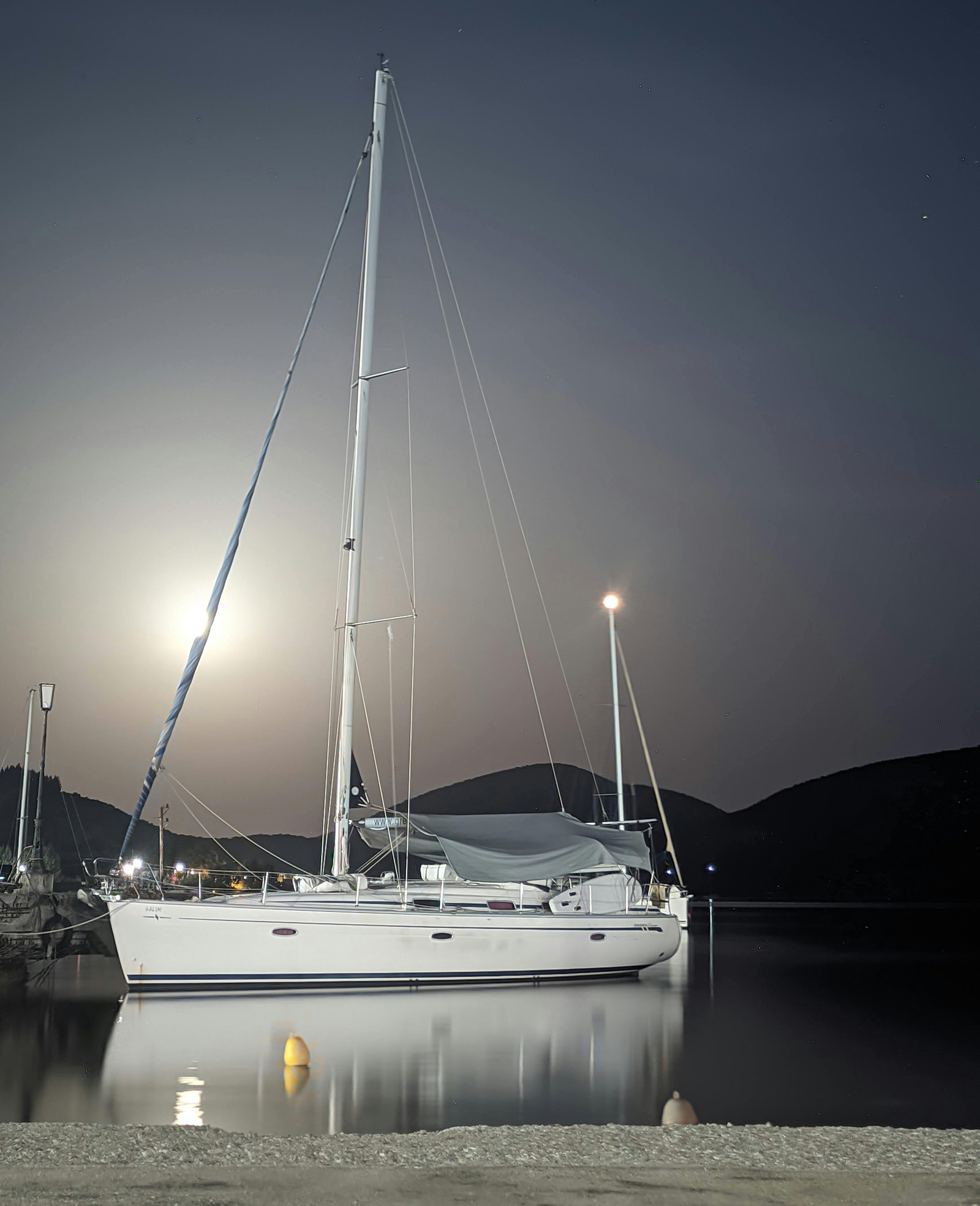
Understanding Waterproof Certification
One critical thing I’ve discovered when sourcing marine LED fixtures is checking for the IP (Ingress Protection) rating. IP ratings help classify a fixture’s level of protection against water and dust. For harsh marine environments, fixtures with an IP66 or higher rating are ideal—they can withstand significant exposure to water, salt, dust, and moisture without damaging internal electronics. I’ve witnessed first-hand the longevity and strength of such certified fixtures on fishing vessels, docks, and coastal structures. They significantly reduce maintenance and replacement costs, becoming essential for successful marine operations.
The Importance of Corrosion Resistance in Marine Lighting
Corrosion is the number one enemy in marine and coastal environments. Salty air and moisture quickly degrade metals, shorten fixture lifespan, and introduce safety hazards. Corrosion-resistant marine lighting options, especially those made of high-quality stainless steel or coated aluminum, offer critical protection in these challenging environments. Over time, inadequate fixtures corrode rapidly leading to frequent breakdowns and costly replacements. Yet, I’ve repeatedly seen corrosion-resistant marine-grade LED lights maintain integrity and efficiency even after years of exposure. Although initially slightly more expensive, these corrosion-resistant fixtures ultimately save both time and money in maintenance and replacements.
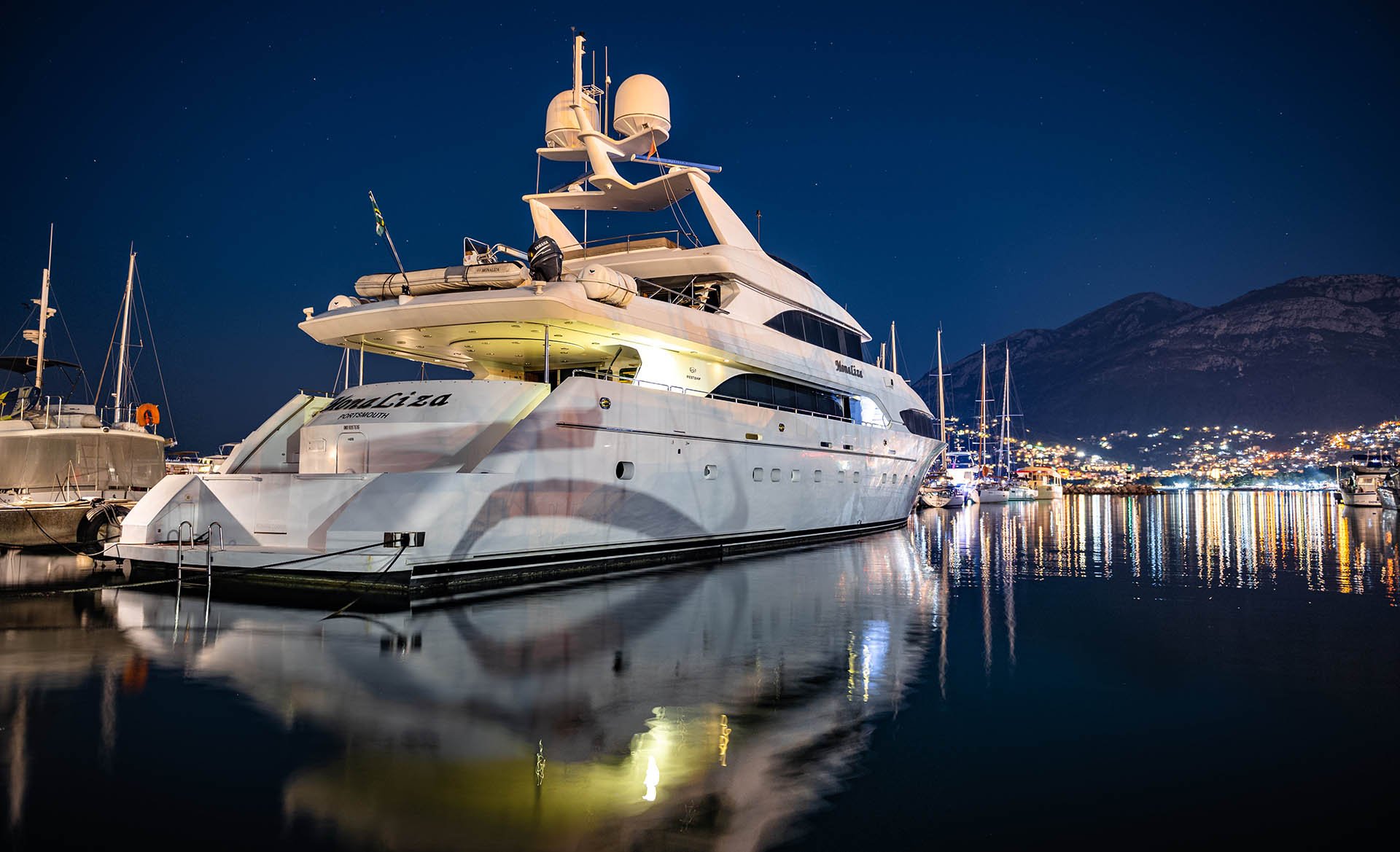
Benefits of LED Lighting Solutions for Ports and Harbors
In the bustling world of ports and harbors, lighting is not just a luxury—it’s a necessity. These busy environments manage a non-stop flow of people, vehicles, and cargo. As someone deeply invested in the lighting industry, I’ve seen how LED lighting solutions, specially designed for these areas, can revolutionize operations by improving visibility and enhancing safety.
LED lights bring a remarkable level of clarity, which boosts operational safety. Imagine the relief of workers when instant-on lighting brightens their path, promoting vigilance and reducing accidents. Uniform illumination plays a critical role in preventing slips, trips, and falls, common hazards in these dynamic settings.
Energy efficiency is another undeniable advantage. LED lights consume significantly less energy compared to traditional lighting, leading to major reductions in operational costs. For businesses looking to cut expenses, this is a blessing. The US Department of Energy has emphasized the cost savings and environmental benefits of LEDs, proving their worth in high-demand areas.
Moreover, marine-grade LED fixtures are designed to withstand harsh conditions, which means less frequent maintenance is needed. This durability not only reduces downtime but also ensures that operations run smoothly without interruption. In my experience, this aspect alone makes a massive difference in such demanding environments.

Factors to Consider When Selecting Saltwater-Resistant LED Lighting
When I’m helping customers select saltwater-resistant LED lighting, there are several key factors that I always consider. Let me walk you through them.
First up, material composition is crucial. You’ll want to choose fixtures made from marine-grade stainless steel or heavy-duty aluminum alloy. These materials are built to withstand harsh marine environments and offer a long lifespan. I’ve seen them perform exceptionally well in coastal areas, resisting both rust and wear.
Next, the waterproof rating can’t be overlooked. A minimum of IP66 is essential. This rating means the fixture is protected against dust and powerful water jets—ideal for salty air exposure. Going higher in rating wouldn’t hurt, especially for those in extreme conditions.
Another important factor is corrosion resistance. Look for surface coatings or treatments that are specifically designed to shield lights from salty environments. A good coating can make all the difference in durability. I’ve found that fixtures with these protective layers maintain their look and functionality much longer.
Recognized compliance is also vital. Ensure the lighting fixtures meet marine lighting standards. This compliance indicates that safety and performance have been thoroughly vetted, providing peace of mind.
Lastly, consider installation ease, warranty, and after-sales support. Reliable companies, like us at Logos Lighting, offer robust warranties and excellent customer service. Trust me, having that support makes a world of difference if any issues arise.
By keeping these factors in mind, you’ll ensure that your LED lights stand strong in saltwater conditions for years to come.

Installation Tips for Coastal Area LED Lighting
When it comes to installing LED lighting in coastal areas, there are some special considerations to keep in mind. These environments can be harsh, so taking the right steps can make all the difference. Let’s dive into some key tips that can help ensure your LED fixtures perform their best by the sea.
First off, mounting your lights securely is crucial. Coastal weather can be unpredictable, with strong winds and salty air. Make sure that your fixtures are firmly attached. This not only keeps them in place but also helps them stand up to any rough weather that might come their way.
Next, take a close look at the electrical connections. It’s essential to seal them properly to keep out moisture and prevent corrosion. I can’t stress enough how important this step is. The salty air can be corrosive, and any moisture getting into the connections could lead to major problems down the road.
Paying attention to voltage requirements is another key factor. Using the wrong voltage can result in electrical damage or even complete fixture failure. Double-check these requirements before installation to avoid any costly mistakes.
Thoughtful arrangement of your fixtures is also important. The goal is to provide even light distribution and eliminate any blind spots. This ensures safety and optimal lighting performance, whether it’s for a beach walkway or a seaside patio.
Lastly, regular maintenance checks are your best friend. Schedule them to catch and resolve any issues early. This proactive approach helps extend the life of your fixtures and keeps your lighting system running smoothly, sparing you from unexpected costs later on.
By following these simple tips, you can enhance the lifespan and reliability of your coastal area LED lighting, making the most of your investment while enjoying bright, clear illumination.
Maintenance Guide for Outdoor LED Floodlights for Marine Environments
Maintaining LED floodlights in marine environments is crucial for longevity and effectiveness. Salt and debris can quickly accumulate, so it’s important to periodically wash the fixtures with fresh water to prevent corrosion build-up.
Checking seals, gaskets, and covers regularly ensures the IP66 or higher waterproof rating remains intact. This prevents expensive damage that can occur due to water ingress. These components are vital for maintaining the structural integrity of your floodlights, especially in harsh marine settings.
It’s also crucial to inspect the wiring conditions often. This can help identify any corrosion or deterioration early, preventing potential failures or hazards. Conducting these inspections as part of a routine can catch issues before they escalate, saving time and costs down the line.
In my experience, implementing a simple scheduled maintenance routine can significantly reduce downtime and ensure safety and efficiency remain optimal year-round. Such routines are invaluable, particularly in environments subject to harsh conditions like those found in coastal areas.
Following these guidelines helps ensure your LED floodlights perform well and last longer, providing reliable illumination and reducing unnecessary future costs.
Environmental Compliance and Marine LED Fixtures
Environmental compliance often gets overlooked when selecting marine lighting, yet choosing energy-efficient LEDs directly supports greener practices. Marine LEDs significantly reduce energy consumption, cutting back emissions and aligning with global energy-use standards. Additionally, LED fixtures contain fewer hazardous materials compared to traditional lighting options. By transitioning to LED marine lighting, you can not only achieve compliance with environmental regulations but actively pursue positive environmental responsibility. Aligning your marine lighting installations with eco-friendly practices positions you as a responsible player in the maritime industry.
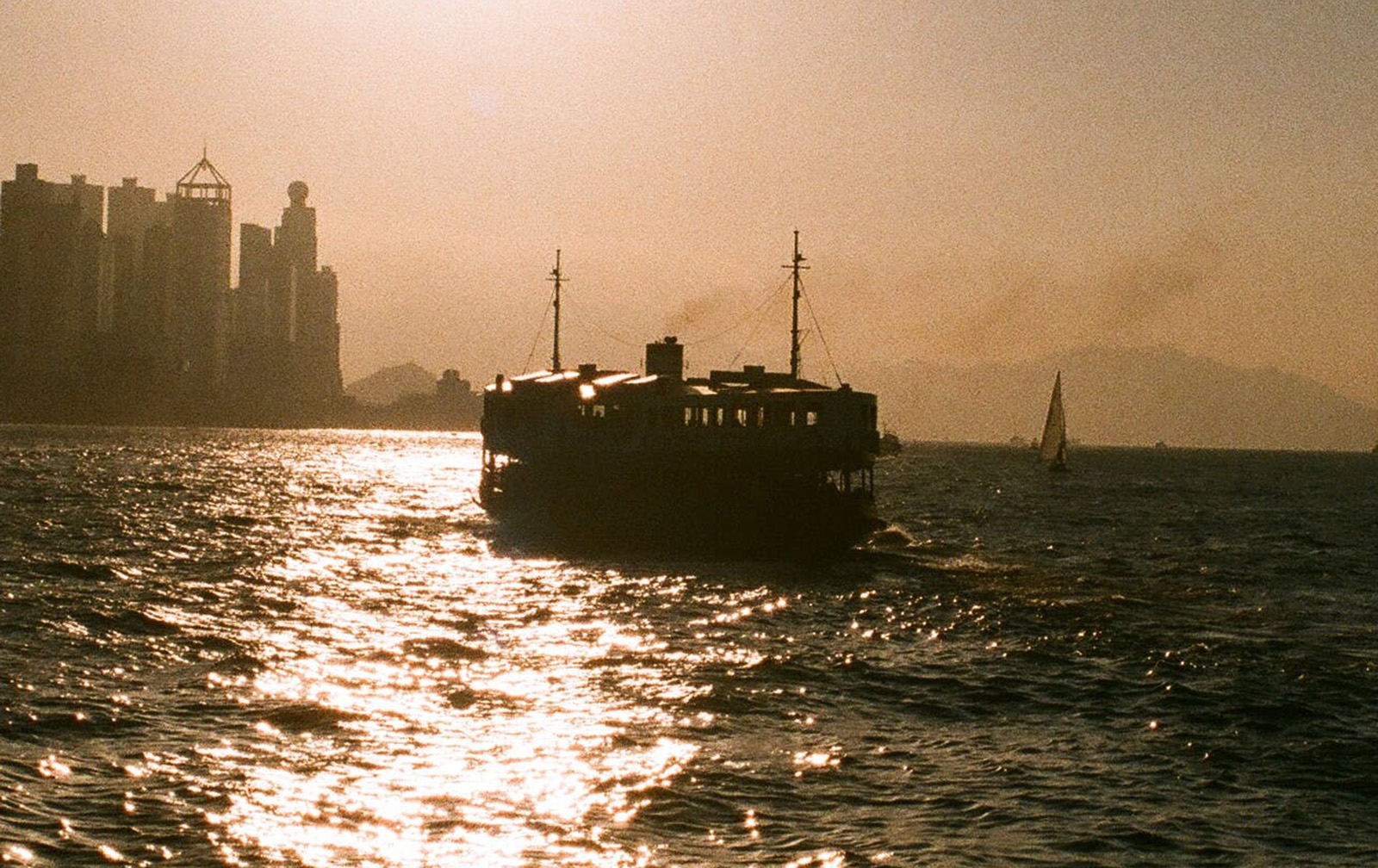
Conclusion
To summarize, using the right marine-grade LED lighting drastically improves your coastal and marine operations. Features like corrosion resistance, IP66 waterproofing, energy-saving benefits, and easy maintenance make LED lighting your best bet for long-term success. As someone with extensive knowledge in this field, I’ve consistently seen our clients benefit from choosing quality marine LED fixtures.
If you have questions or want to find out how our products can help your specific marine lighting needs, please don’t hesitate to contact us directly. We look forward to helping you illuminate your marine environment safely and effectively.
Request A Free Quote Now!
Send us a message if you have any questions or request a quote. We will get back to you ASAP!



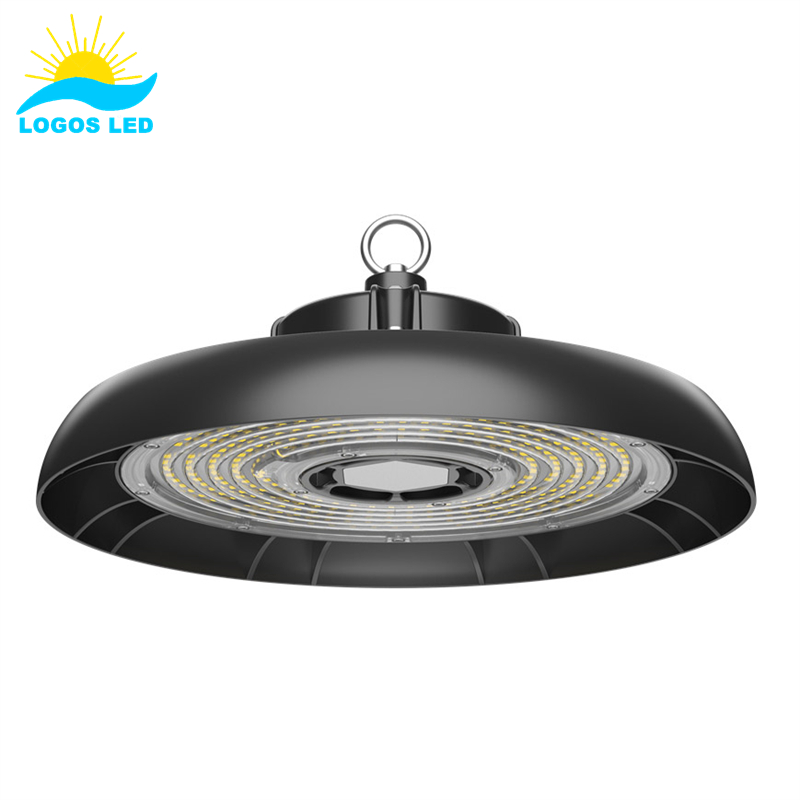

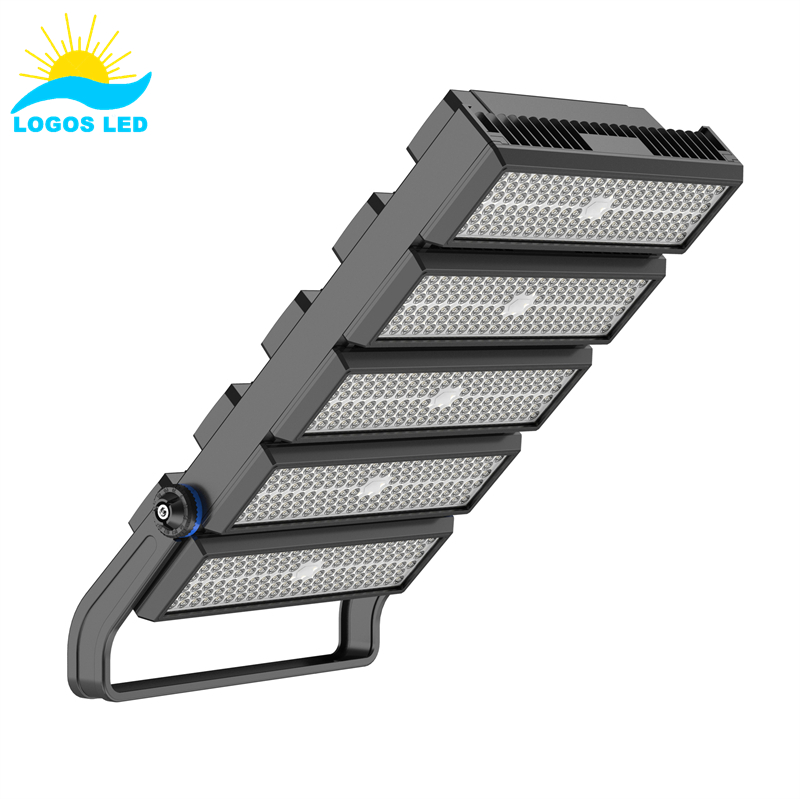

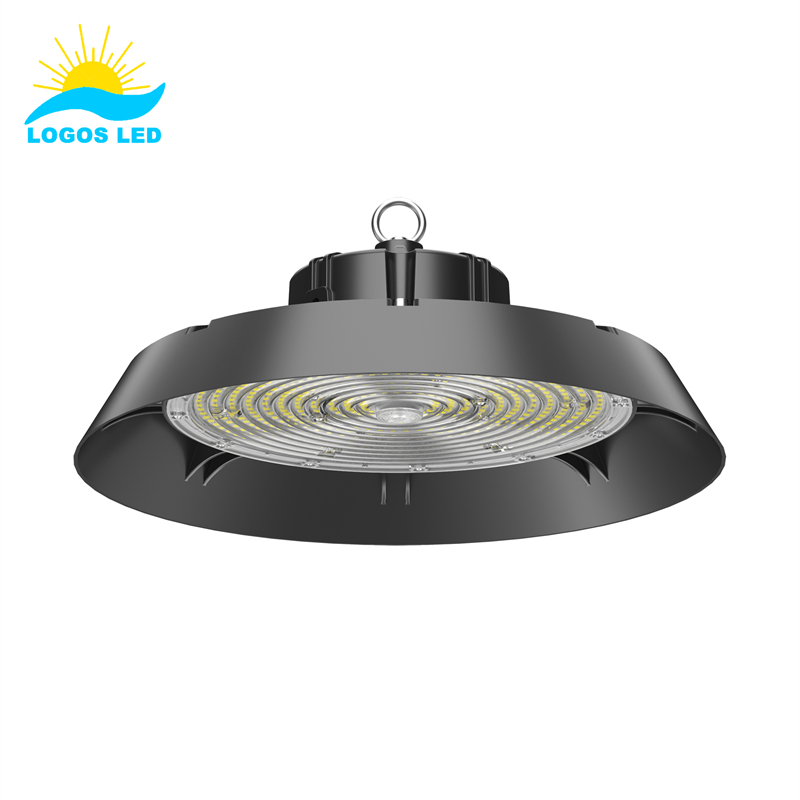
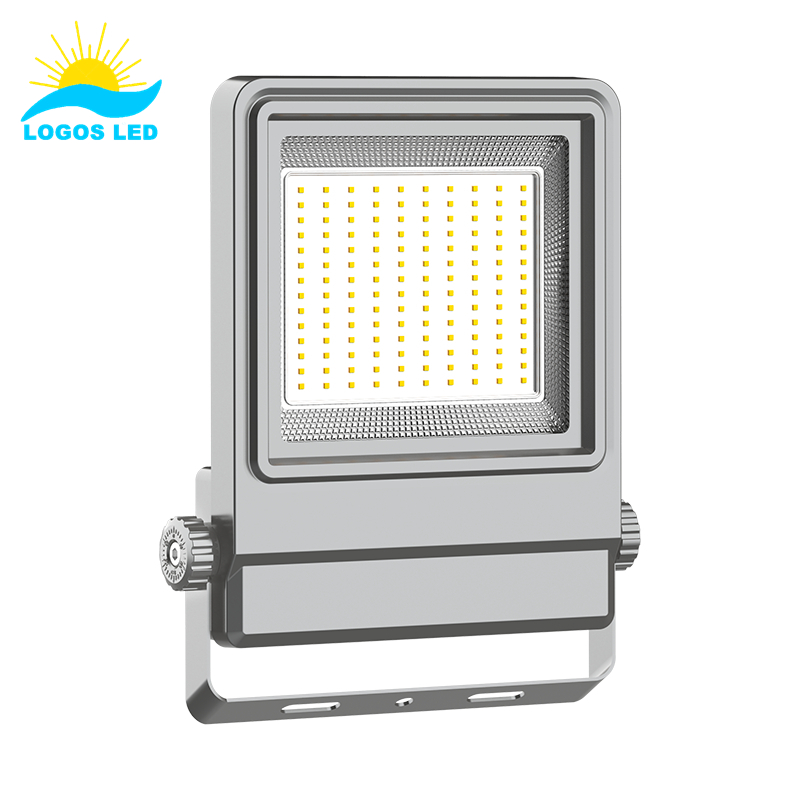

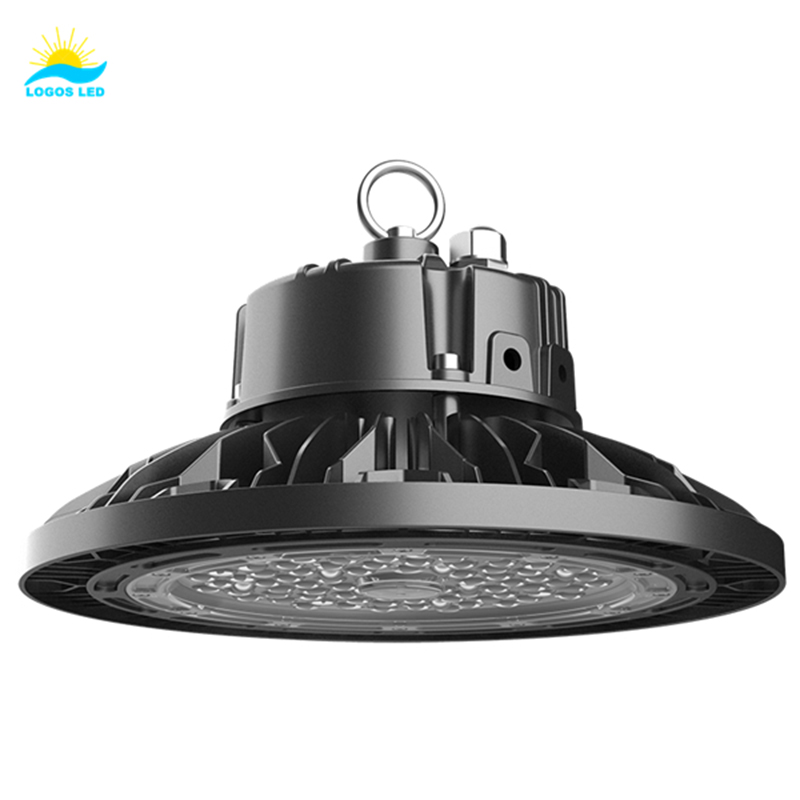
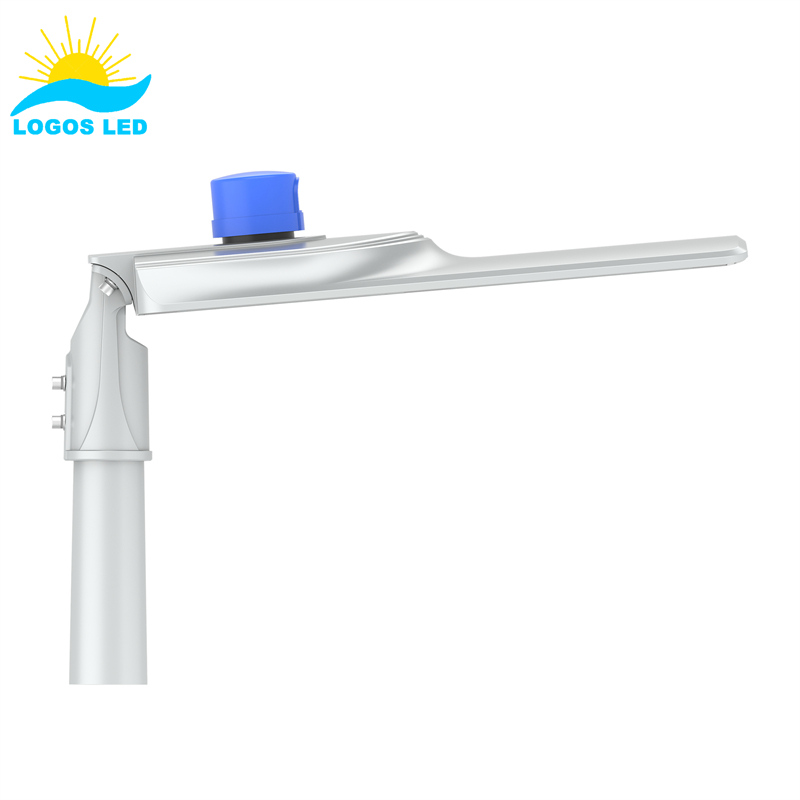
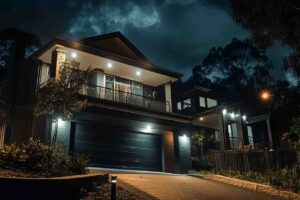
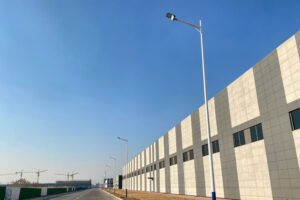
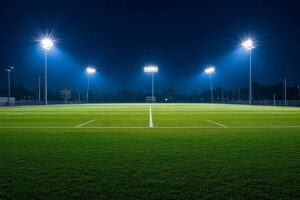

Leave a Reply
Your email is safe with us.